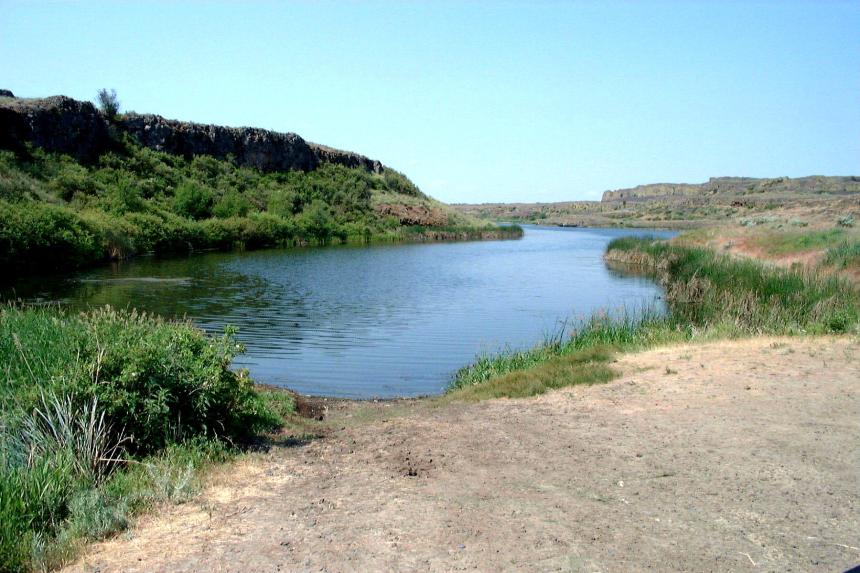Adjacent to Upper Twin Lake, Lower Twin Lake is located in the Lake Creek drainage northeast of the town of Odessa, WA, in Lincoln County. The lake is within the Twin Lakes Recreation Area managed by the Bureau of Lake Management (BLM). The lake is primarily a warmwater fishery with populations of largemouth bass, crappie, pumpkinseed sunfish and yellow perch. With a maximum depth of only 9 feet, the lake is best for fishing in the spring and early summer before weeds make access and angling more challenging.
Two-pole fishing is allowed
Shoreline access: Good - Limited shoreline access.
Species you might catch
Lake information
County: Lincoln
Acreage: 49.00 ac.
Elevation: 1877 ft.
Center: 47.525655, -118.516156
Open in Google Maps
Catchable fish plants
| Stock Date | Species | Number Released | Number of Fish Per Pound | Facility |
|---|---|---|---|---|
Visit the Catchable Trout Plants page for a more detailed search of trout plants in this or other bodies of water. To view or download the source data for this table visit the WDFW Fish Plants dataset on the Washington State Open Data Portal
Fishing prospects calendar
Rainbow trout
Largemouth bass
Yellow perch
Black crappie
Pumpkinseed Sunfish
Brown bullhead
Photos
